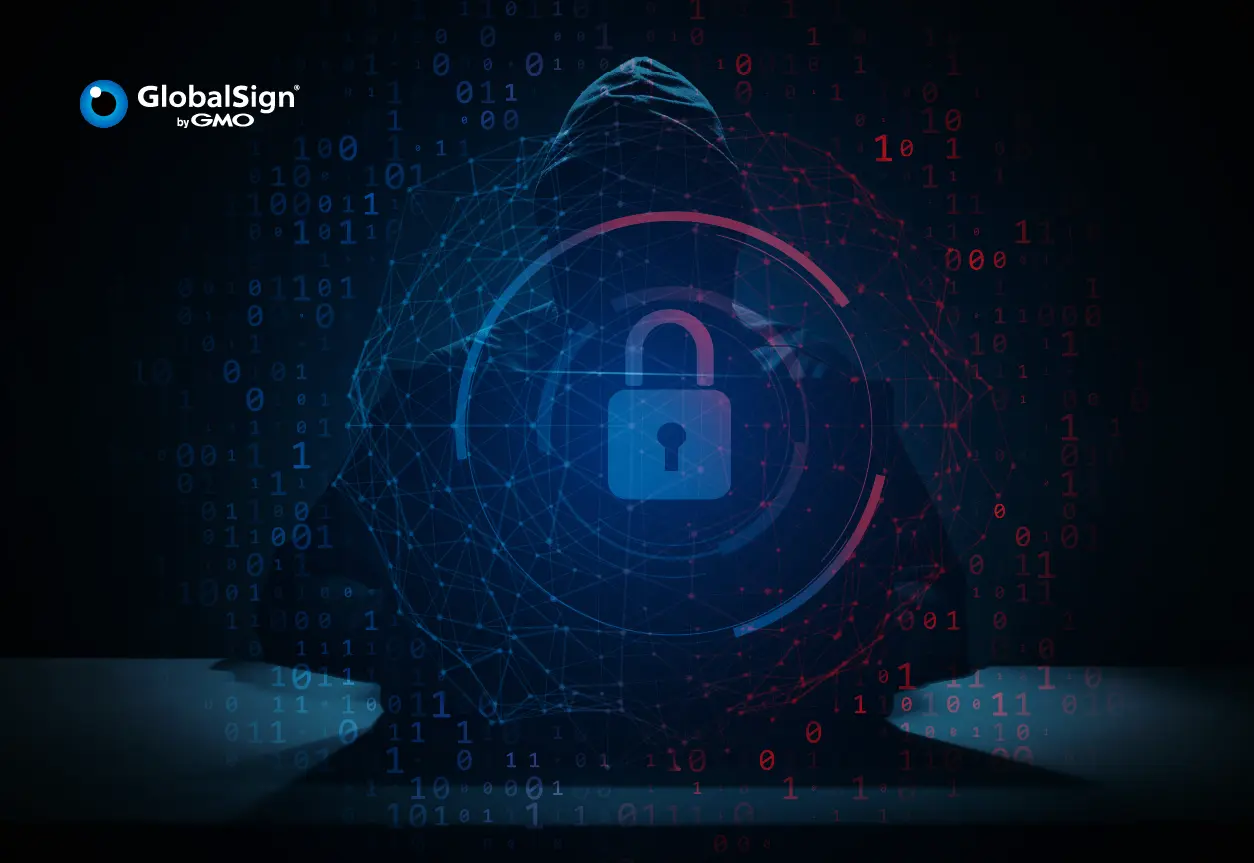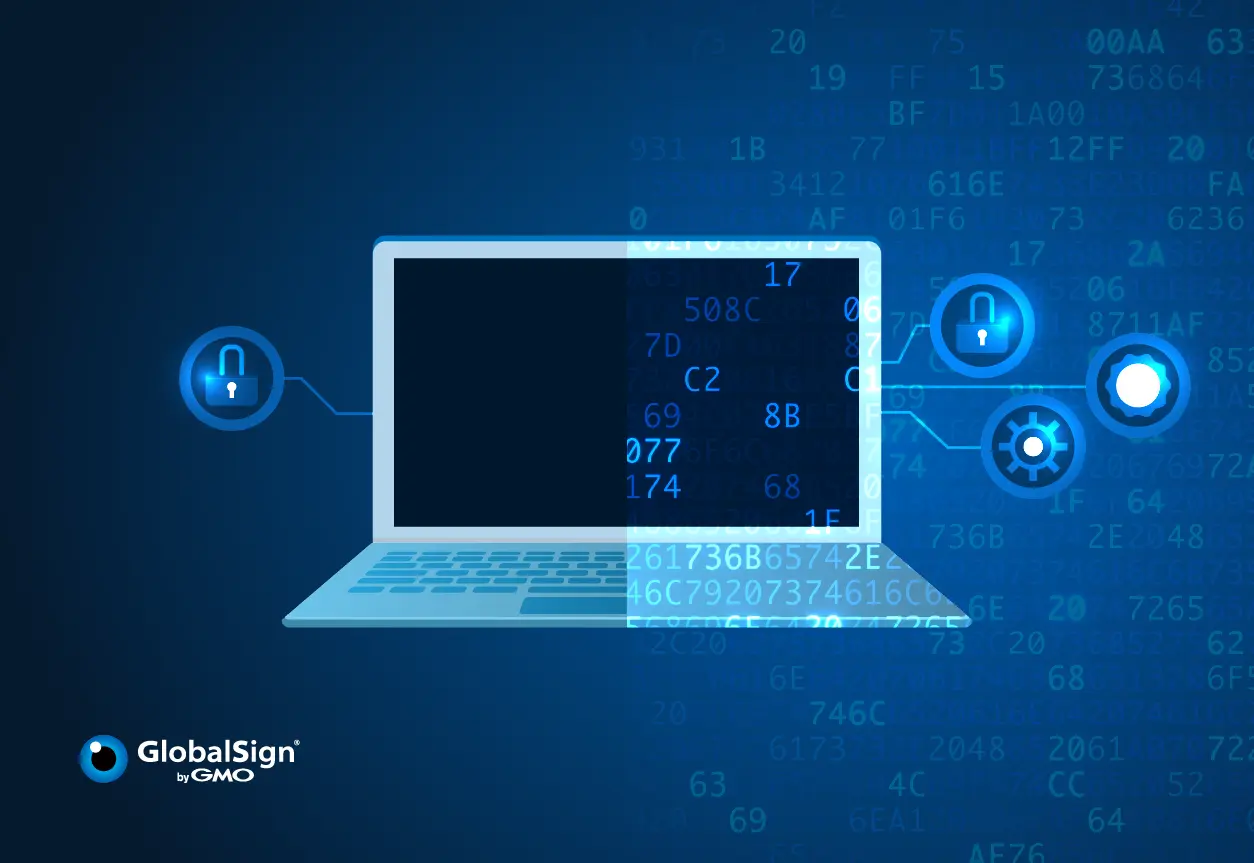With lockdowns imposed and social distancing taking place all over the globe, business operations have radically changed. From online meetings, cloud-based systems, and digital signatures, the world is trying to find solutions to operate under the new normal.
Businesses and clients ask the same question when encountering digital signatures for the first time: are these valid? The answer is yes. Territories across the world such as the United States, Australia, New Zealand, Europe, and various countries in Asia, Africa, and the Americas have existing regulations that consider digital signatures as effective as physical ones given two conditions: the person signing has the intention to authenticate the document, and second, any formalities relating to the execution of that document are satisfied. In fact, even notarization in the United States can be done through digital signatures, eliminating the inconvenience brought by printing, scanning and sending.
GlobalSign’s Digital Signing Solution
At GlobalSign, we provide a Digital Signature Solution that is legally admissible and industry compliant. Our solution meets the requirements of many national and industry-specific regulations regarding the legal acceptance of electronic signatures in place of wet ink signatures, recognized in organizations such as US ESIGN, US UETA (Uniform Electronic Transactions Act), UN Model Electronic Signature Law, among others.
Moving forward, Research and Markets recognizes that digital signatures will be widely used in the Asia-Pacific Region (APAC). Regional governments in APAC are taking steps to adopt digital technologies in various industries in order to decrease the amount of paperwork and ease transactions. For instance, the Department of Trade and Industry – Philippine Accreditation Bureau (DTI-PAB) is making the effort to introduce cloud-based digital platforms to improve the process of signing documents as most companies operate remotely. Since eIDAS Regulation recognizes that not all digital signatures are created equal, GlobalSign allows you to create advanced or qualified (the highest level) electronic signatures and seals for individuals and businesses, respectively. With this, physical presence is not required to authenticate documents, allowing individuals and businesses to operate under the new normal without processes being compromised.
Not only are digital signatures considered as effective as pen and paper signatures in terms of validity and legality, they are also deemed to be far more secure. With going digital, there is an added layer of security, exhibiting cryptographic and encryption features. With the Public Key Infrastructure GlobalSign uses, businesses can secure access control, providing the highest level of internet safety and universal acceptance. Additionally, the timestamping feature makes it possible to determine the exact date and time of signature effectivity. With these features, there is an assurance that the digital signatures can be trusted and integrated to the business workflow.
Legitimate, valid, and secured - these are the top three features of digital signatures. In the environment we are currently operating in, this solution serves as both a need and a competitive advantage, making the transition to remote work easier, increasing the efficiency of the workflow, and reducing the costs involved for resources such as ink, paper, and deliveries. At the same time, clients of the business can also experience more convenience and shorter waiting times, bringing the business one step ahead of its competitors. Under the new normal, digital signatures are here to aid your business in transitioning to remote work.
As most companies shift to remote operations, GlobalSign is your partner in ensuring a smooth workflow. Request for a demo today by clicking here! To learn more about our company and the full list of products we offer, you may visit our website, or check out our product list for enterprises and Internet of Things (IoT). For more blog updates, click here.






